Probability of La Niña happening in 2020 has increased from 60 to 70%, which is about “three times the average likelihood” of this phenomenon according to the Australian Bureau of Meteorology. The outlook of the phenomenon moved from “Watch” to “Alert”, but at the moment the El Niño – Southern Oscillation (ENSO) remains classified as Neutral.
Probability of La Niña happening in 2020 has increased from 60 to 70%, which is about “three times the average likelihood” of this phenomenon according to the Australian Bureau of Meteorology. The outlook of the phenomenon moved from “Watch” to “Alert”, but at the moment the El Niño – Southern Oscillation (ENSO) remains classified as Neutral.
The phenomenon El Niño corresponds to an increase of the Sea Surface Temperature (SST) in a specific part of the Pacific Ocean due to a change in atmospheric pressure. Its counterpart, La Niña, is a decrease of the SST.
To be considered an El Niño or La Niña event, the temperature must exceed a threshold of +/- 0.5°C for five months in a row on the ONI index. Before this threshold is reached, international institutions monitoring the phenomenon declare El Niño’s / La Niña’s status as “Watch” and then as “Alert”.
El Niño and La Niña events recur, in general, every two to seven years. Their influence on the climate is global. They affect temperature and rainfalls all over the world. Therefore they have a direct impact on global food production and commodity markets. Effects of El Niño and La Niña vary depending on the location, the crop and the production systems. Although El Niño is often perceived as disastrous, reality is more balanced: there are always winners and losers. These climatic events alter the ordinary distribution of heat and rainfalls, but it means some regions experience drier seasons, and others perceive heavier rain; it does not imply a disaster will be happening everywhere. El Niño / La Niña means multiple changes in different places. For sure, this has an impact on international markets but not in a unique or uniform manner.
If La Niña happens this year, we can expect heavier rainfalls in Australia, and South-Eastern Asia but more drought in the United States and the South-East of Latin America. This will affect nut production and market prices. Peanut crops of the American continent are likely to experience drier conditions while more rain is expected in cashew nut areas.
Humid conditions can increase disease pressure on crops. Drought can imply stress if fields are not irrigated, but it can also enhance the impact of certain pests. As the frequency of ENSO events increases over the years, farmers adopted strategies to attenuate the effects of El Niño or La Niña events on production. Multiple tools have recently been developed to help farmers decide when to plant crops and which phytosanitary treatment to apply according to the forecasted weather conditions.
In a nutshell, La Niña could be happening this fall. It would have an impact on the production of commodities in the coming year at least and international trade. But market trends are difficult to predict for several reasons:
- Although La Niña seems likely to happen this year, it is not here yet, and things can always evolve differently than expected.
- Duration of the phenomenon is paramount to consider when forecasting the impact on agricultural production. But even if La Niña occurs this year, it is still uncertain how long it would persist. Last week, the International Research Institute from Columbia University estimated that there was a “55% chance La Niña could continue through winter in the Northern hemisphere”. This is still a relatively low probability, but we will keep monitoring it.
- As long as catastrophic events, such as floods and extreme drought, are avoided, food production is nowadays more resilient to weather changes. Farmers dispose of multiple tools and data to assist them in anticipating incidents that could massively affect production.
- The current Covid-19 pandemic seems to have much more unpredictable and impactful effects on the supply and demand of commodity products than the La Niña phenomenon. In a previous post, we tried to summarise the numerous consequences of Covid-19 on international markets. It is still uncertain how the health situation will evolve in the coming weeks & months, and the short- & long-term effects it could have on production, distribution and consumption of commodity products. Therefore, La Niña’s impacts remain more predictable, although many variables could change and impact the markets. Nevertheless, a combination of Covid-19’s effects and La Niña would be a unique situation with probably many unforeseen and unexpected consequences.
That being said, we will continue monitoring the probability of La Niña and will keep you updated about any important changes regarding the effects it might have on production and, subsequently, market prices.
We have some news: read here our latest update on this article.


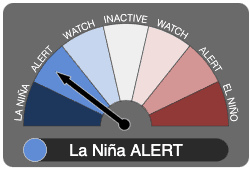
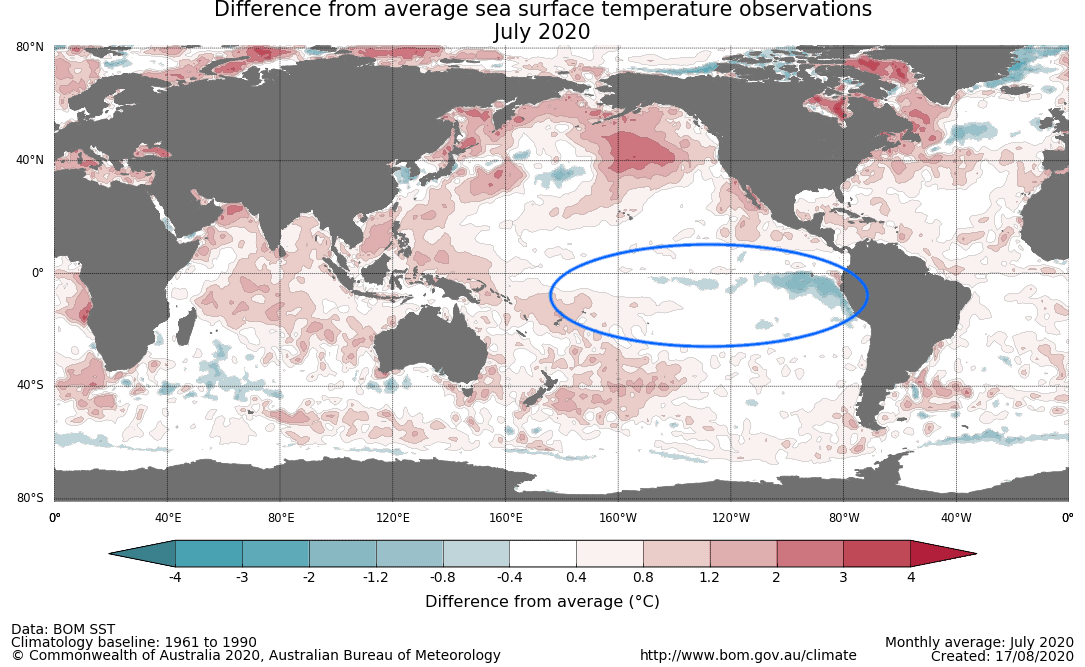
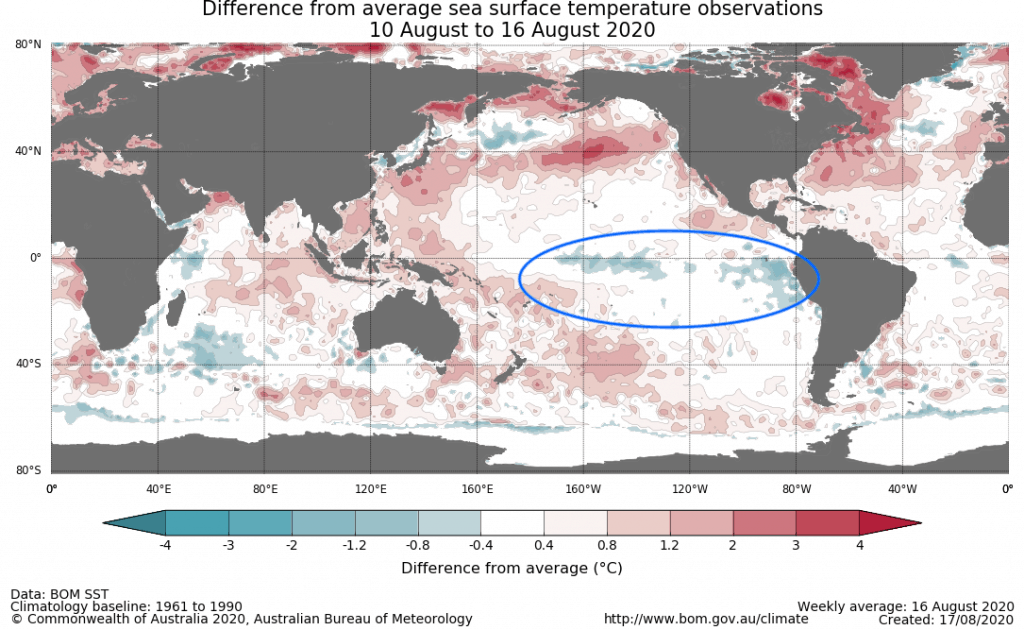
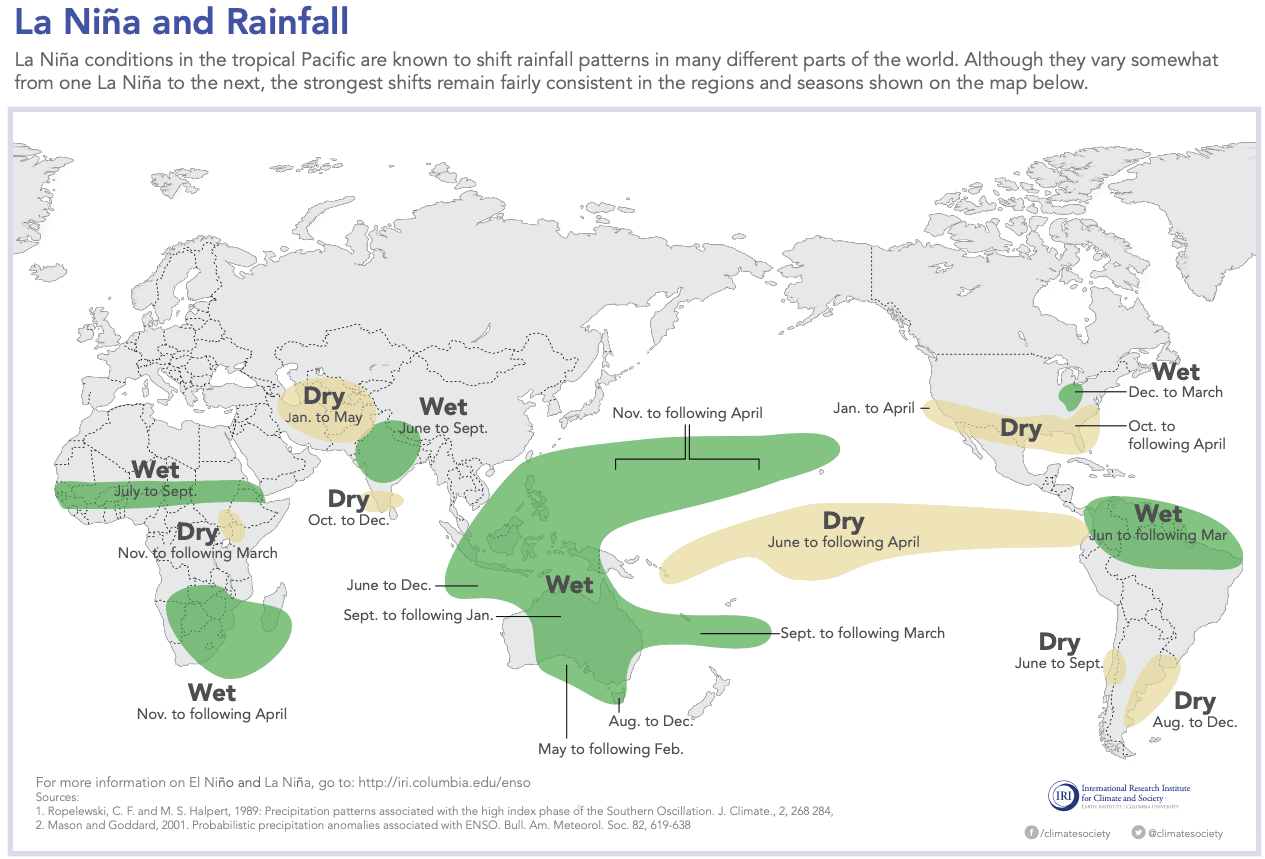
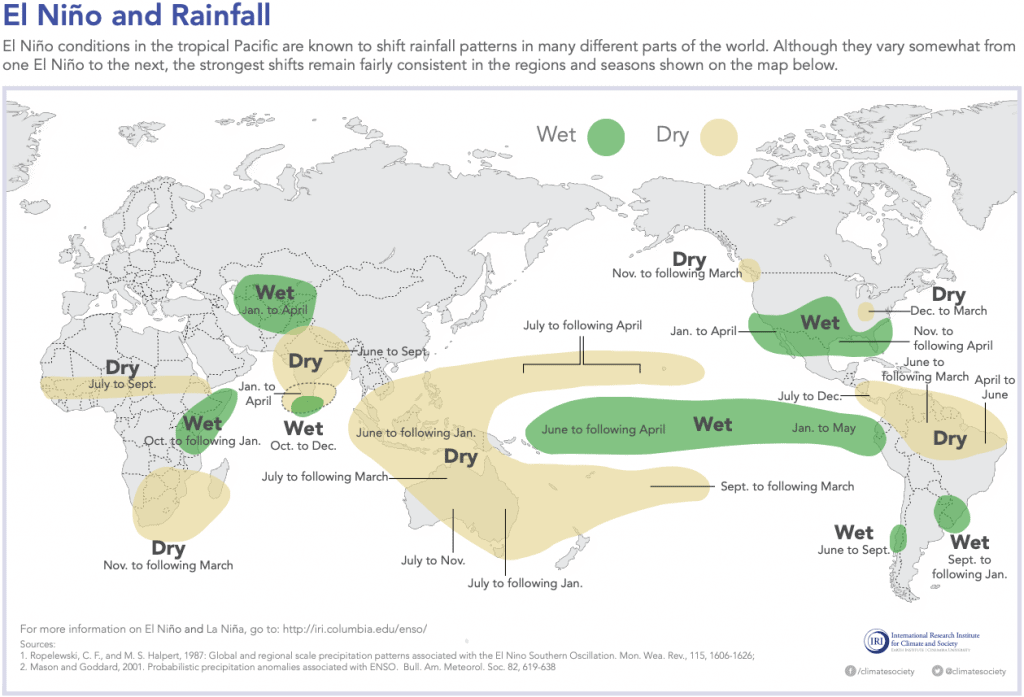


 Westplein 58
Westplein 58



 We use cookies to ensure you get the best experience on our website. For more information, please read our
We use cookies to ensure you get the best experience on our website. For more information, please read our